What is your opinion about building a garage on posts (screw piles)?
I’m planning to build a 20x24 workshop / garage, and I’m wondering the cheapest as well as best way to do it. Is there any reason not to build it on posts? It seems like it would be much cheaper than a foundation. Thanks for any help.









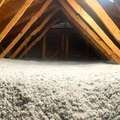

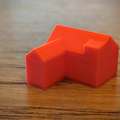


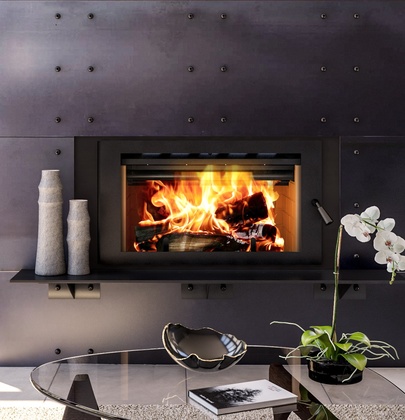

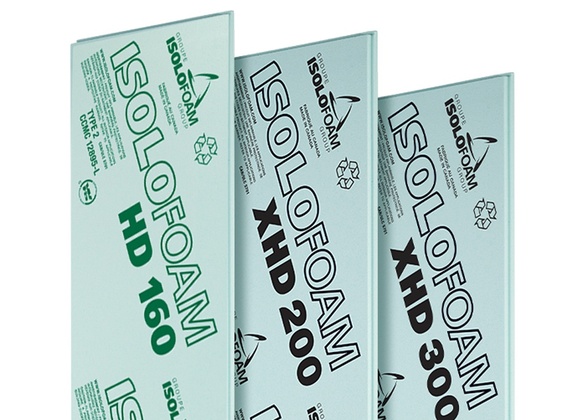
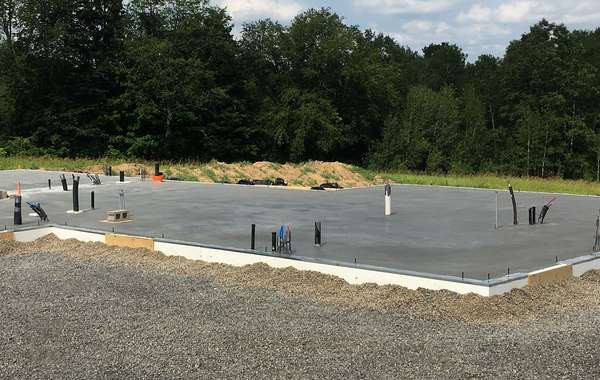
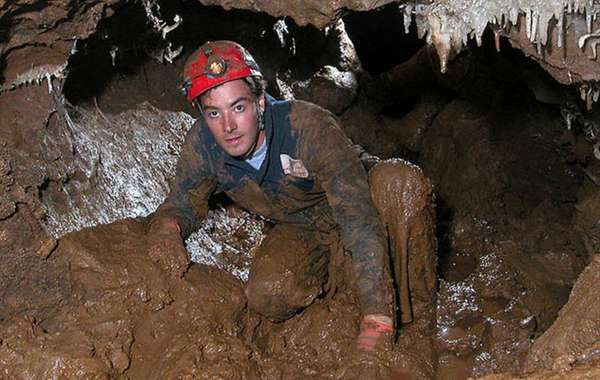
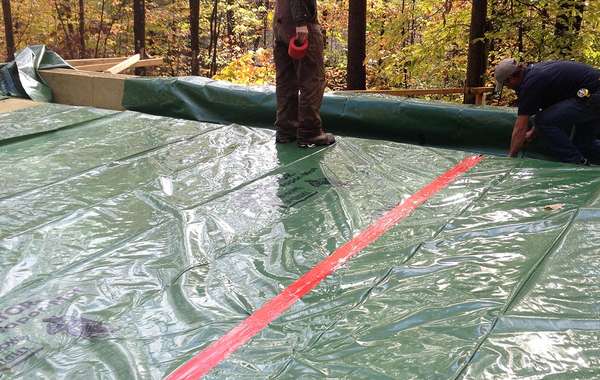
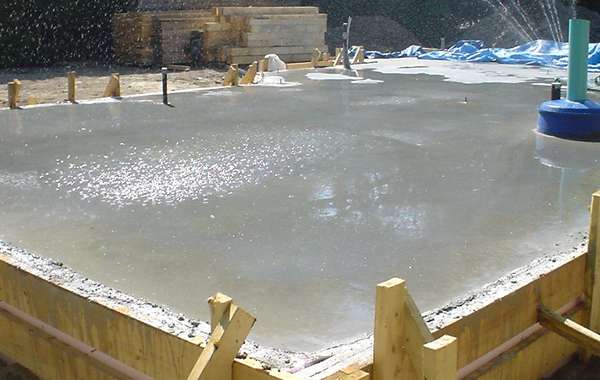
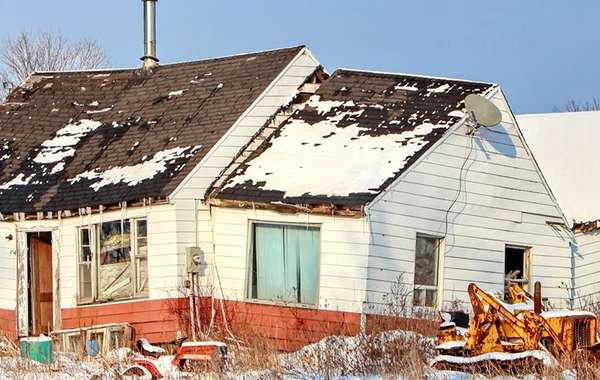
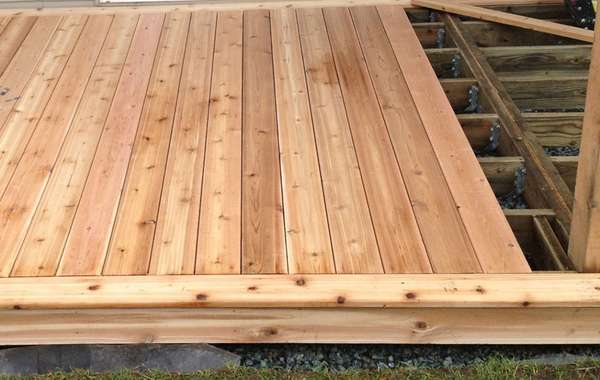
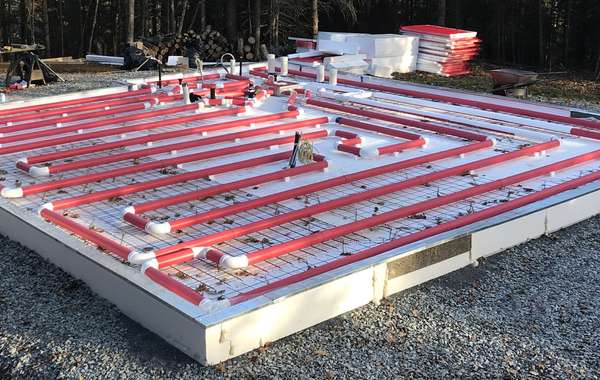
Additions and small buildings are often built on screw piles, so sure, you can do it. But there are a few advantages and disadvantages that will come with it, so the following may help you make a decision -
The advantages of screw pile construction:
Using screw piles to replace a foundation will probably save you a lot of money by avoiding (or at least greatly reducing) the cost of excavation. It can also give you an advantage in flood prone areas by being off the ground. They may also allow construction on soils that lack the bearing capacity needed for a footing and slab floor (a raft-slab is also an option for softer soils).
The disadvantages of screw pile construction:
A floor raised on screw piles leaves an additional building surface exposed to icy winter air, as opposed to a slab, which is in direct contact with the soil and therefore buffered somewhat from winter temperatures by the relatively moderate temperature of the ground in winter. So, it will require higher levels of insulation in the floor to meet the same standard of efficiency and comfort as a slab-on-grade. It will also be more subject to air leakage, so be sure to incorporate an effective air barrier into the design.
Given that it is a floor and will need to be insulated before a sub-floor is added, it may be quite some time before the building will be closed and protected from precipitation, so you should be very careful about the design, material selection and installation procedure. Avoid any moisture sensitive insulation (like cellulose or fiberglass), rather consider rigid form boards or rock wool. Wait for a string of sunny days to do it, and make sure it is well-protected from water infiltration for the length of time it takes to get a roof on.
A home raised slightly off the ground can also be an attractive and nicely sheltered place for wildlife to establish a home, be sure to take steps to keep animals out.
If you see a resale in your future, remember that building on screw piles aren’t generally considered as durable as something built on a concrete foundation, so there is also long-term value to consider.
Whatever building type you decide on, be sure to have it designed by an engineer.